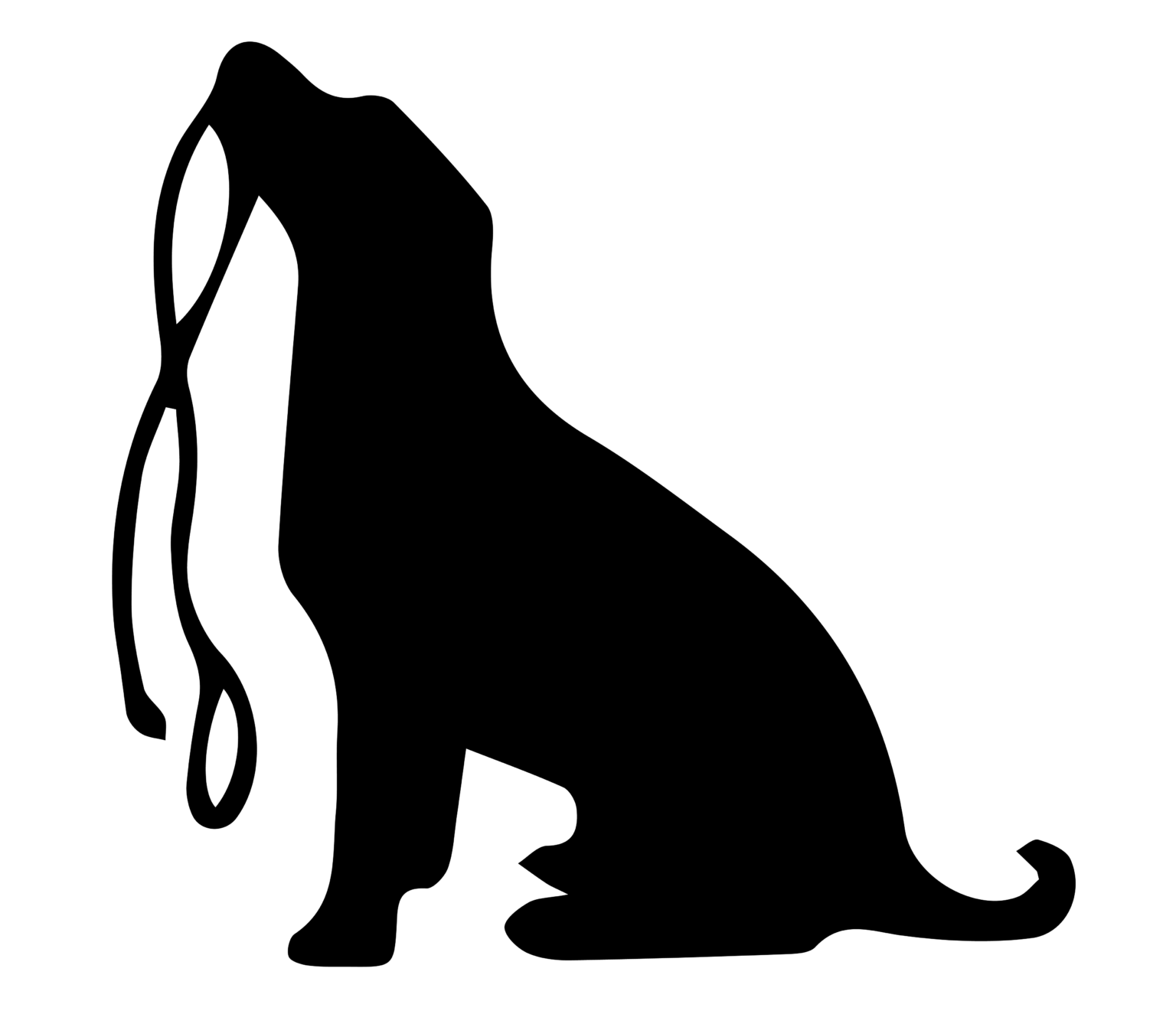Puppy Training in Norwich with Your Local Dog Behaviourist Charles Gray
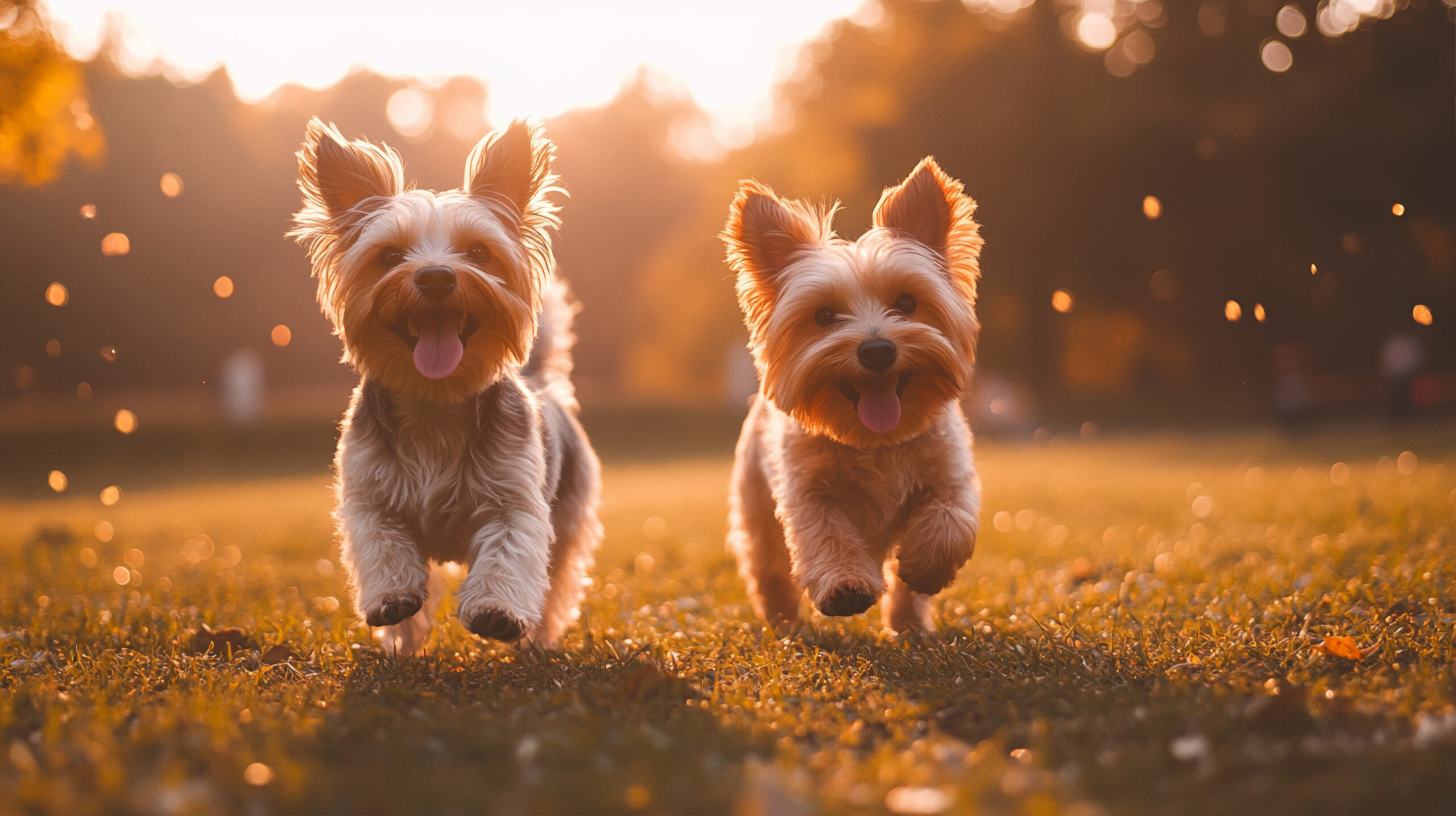
Norwich Puppy Training
Are you searching for Norwich puppy training? You’ve come to the right place! My name is Charles Gray, and I specialise in puppy training in Norwich. I understand that taking your puppy to classes can be challenging, so I offer the convenience of in-home training. This means I will come to you and train your puppy in its daily environment, where most behavioural issues occur. This approach allows us to correct these issues early, forming a strong foundation for your pup.
I can help with basic commands, socialisation, or addressing specific behavioural issues; I am committed to making the training enjoyable for you and your puppy. Training should be a fun and rewarding experience for your puppy and you as an owner as we teach your puppy how to behave well at home or on walks.
Free Introductory Call
07438 340058
EXCELLENT
Puppy Training Norwich Programmes and Cost
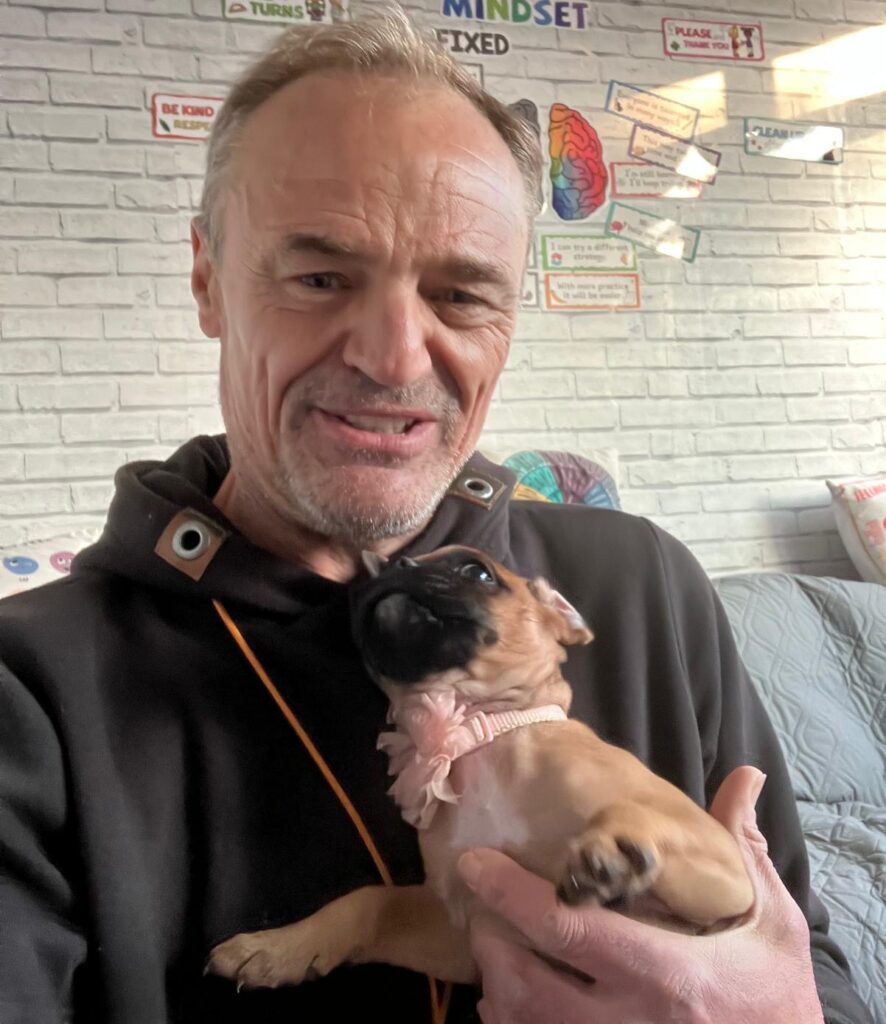
As Norwich’s top-rated puppy trainer, I offer personalised puppy training programmes to address your specific needs and goals for £175.00, which includes the following:
A comprehensive, result-driven puppy training session
A follow-up session to ensure progress
Lifetime telephone support – call anytime for advice

Get Started with Your Free Introductory Call
Call us on 07438340058 or email us at [email protected]
One-to-One Puppy Training in Norwich
At Charles Gray Dog Training, my approach to puppy training classes in Norwich differs from the norm. I offer one-to-one puppy training at your Norwich home, which will be crucial for your puppy’s development by helping you understand how you want them to behave in the environment where they will spend the most time. The sessions are tailored to your puppy’s unique needs. We’ll work together in your home to overcome any problems with your pup’s behaviour, and I will teach you how to overcome what, for many new dog owners, is a very stressful period.
I have broken down in some depth the puppy behaviours that I can help you with through my puppy training classes in Norwich, but if there is something I have not covered, please call or email me; I am sure I can help you.
Help with Puppy Biting and Nipping
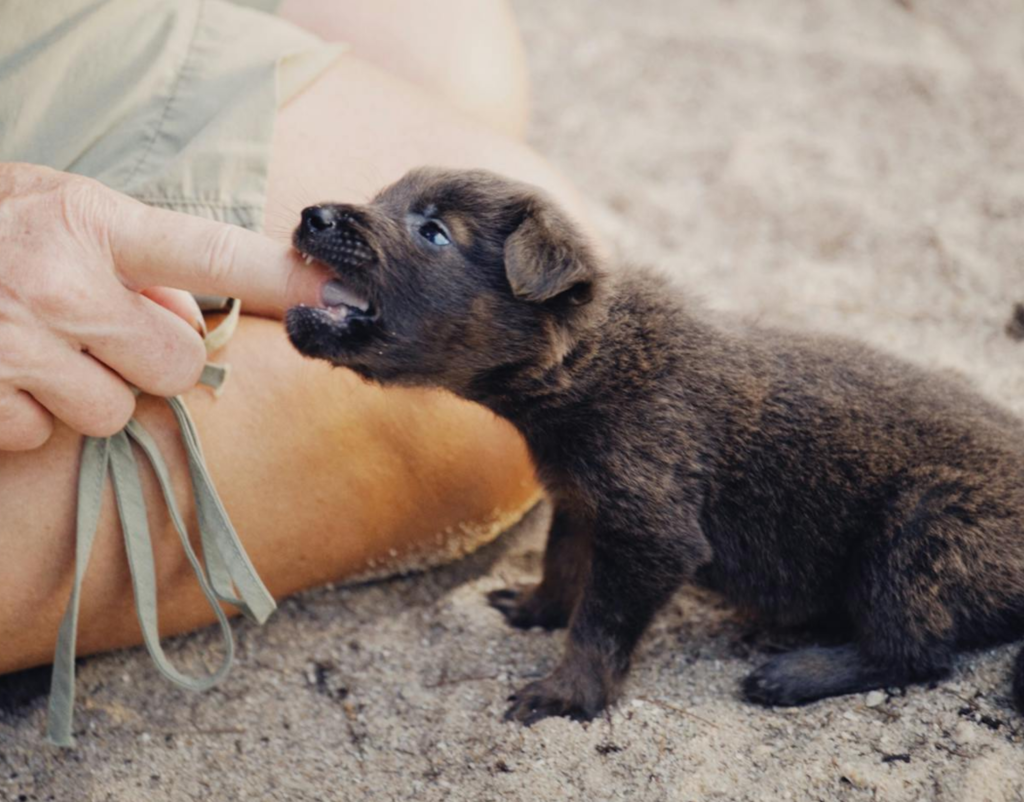
As a Norwich-based dog trainer with ten years of experience, I often address a common issue many puppy owners face: biting and nipping. It’s important to understand that these behaviours are completely normal for puppies. They explore the world around them with their mouths, much like human babies do. However, we must guide them toward appropriate behaviours to ensure they grow into well-behaved dogs.
The Importance of Socialisation
When I work with puppies, I emphasise the importance of socialisation. This means exposing them to various environments, sounds, and other dogs while ensuring these experiences are positive. During playtime, if a puppy starts biting or nipping too hard, I take the opportunity to intervene. I’ll make a high-pitched yelp to mimic how another puppy would react, which helps them understand that they’ve gone too far. If they don’t lessen their biting, I temporarily stop playtime, as this teaches them that biting leads to an end of fun.
Redirecting Natural Instincts
Another effective technique I share with puppy owners is redirecting this natural urge. Providing plenty of appropriate toys to chew on can save your fingers and clothing from those sharp little teeth. I often recommend specific, durable, and safe toys so that puppies can satisfy their chewing instincts without causing harm.
Consistency is Key
Consistency is key. If I allow playful nipping one day but scold the puppy the next, it sends mixed signals to the puppy. It’s essential to maintain a steady approach, reinforcing good behaviour and discouraging biting across all interactions.
The Role of Patience
Patience is equally important. Every puppy learns at their own pace, and it might take some time to grasp the boundaries we’re setting fully. Celebrating the small victories along the way makes the training process fun and engaging for the puppy and owner.
In my sessions, I often remind owners that while puppy biting can be frustrating, it’s a phase that can be managed with the proper techniques and a positive mindset. With dedication and love, we can help our furry friends grow into the well-behaved companions we aspire for them to be.
Puppy Toilet Training
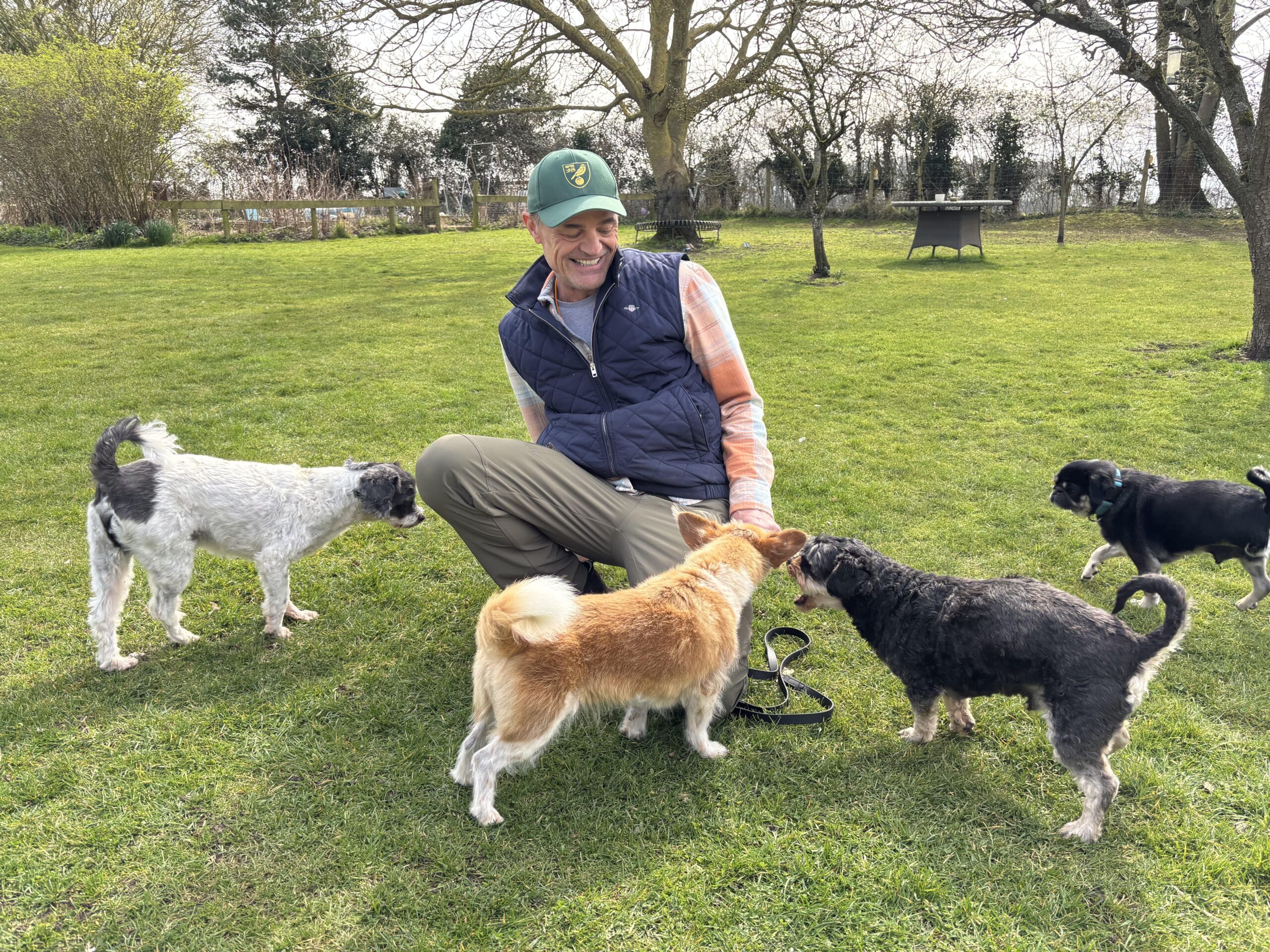
As a dog trainer, puppy toilet training is fundamental in establishing a happy relationship between you and your dog. When I first bring a puppy into my training program, I emphasise the importance of consistency and patience. I established a routine: frequently taking the puppy outside, especially after meals, playtime, and naps. This helps the puppy learn that outside is the appropriate place to relieve itself. I always carry treats and praise to reward the puppy for doing business in the right spot, reinforcing positive behaviour and making the process more enjoyable.
One of the key aspects I’ve learned over the years is that accidents are part of the learning process. Rather than scolding the puppy for mistakes, I encourage owners to remain calm and redirect their efforts towards reinforcing correct behaviour. Setting up designated potty areas in the yard and taking the puppy there after every meal can help create a clear association. I also educate my clients on paying attention to their pup’s body language, as subtle signals can indicate that they need to go out. Toilet training a puppy might seem daunting at first, but with dedication, consistency, and a little love, it’s a rewarding journey that strengthens the bond between a dog and its owner.
Training for Puppy Separation Anxiety and Crying
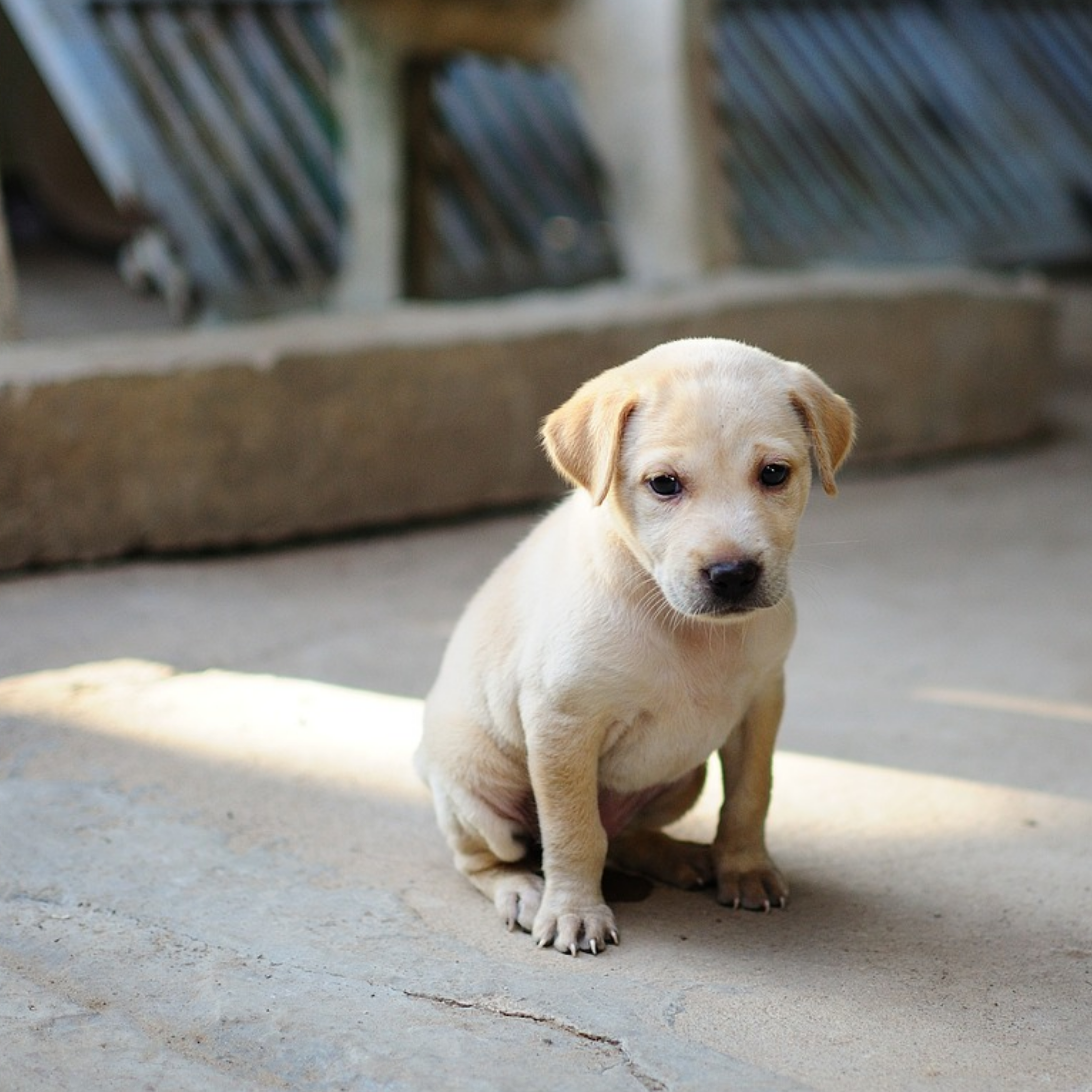
I have witnessed how challenging separation anxiety can be for dogs and their owners. When a puppy struggles with anxiety when left alone, it can result in excessive crying and destructive behaviours. To tackle this issue, I firmly believe in starting with gradual desensitisation. I recommend beginning with short departures and slowly increasing the time spent away while ensuring the puppy feels secure in their environment. This process helps the puppy develop a sense of independence and reassures them that their owner will always return.
Trying to create a positive association with being alone can often help calm your puppy and give them something to look forward to. I suggest using interactive toys or puzzle feeders to keep a puppy mentally stimulated during their time alone. Providing a cosy space filled with familiar scents and items can also be comforting. Encouraging short periods of solitude during the day teaches the puppy that being alone is not something to fear. Through consistent training and positive reinforcement, many puppies can overcome their separation anxiety and learn to relax when they are away.
How to Lead Train a Puppy
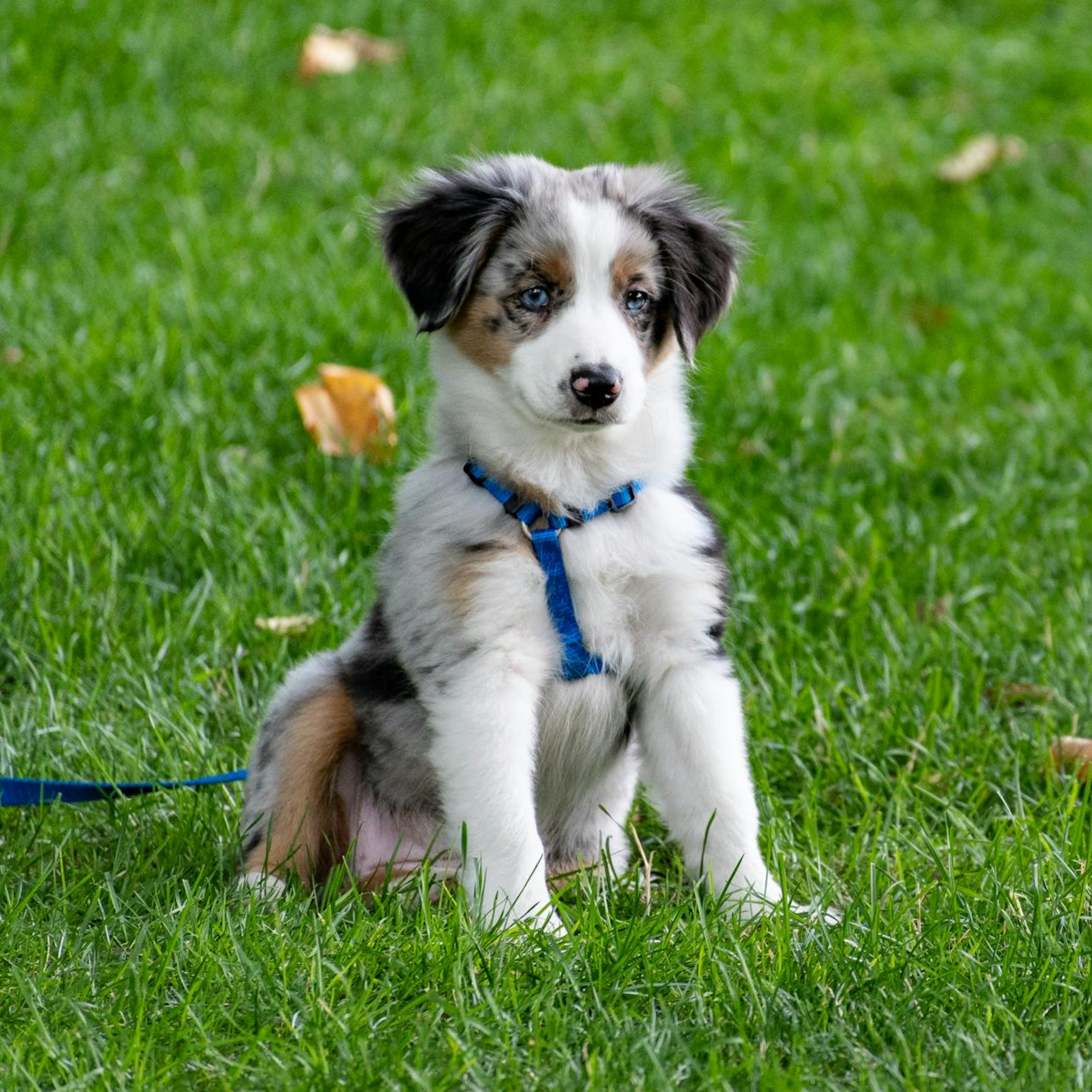
A widespread problem puppy owners face is lead pulling. As a dog trainer in Norwich, I’ve seen firsthand the many challenges that puppy owners face, and one of the most common hurdles is lead pulling. This problem can turn an enjoyable walk into a frustrating battle, not just for the owner but for the puppy as well. I have trained many owners to overcome this problem, helping them understand that leading a puppy on a lead isn’t just about control; it’s about building trust and establishing a partnership that enhances their lives.
Resource Guarding Can Lead to Aggression.
In Norwich and throughout Norfolk, I frequently see puppies displaying resource-guarding behaviours, which must be addressed early on. When a puppy shows signs of guarding food, toys, a person in the family or their space, it can lead to potential situations that may result in aggression if left unchecked. Training during this formative stage is essential, as it helps them learn that sharing resources can lead to positive outcomes rather than feeling threatened or defensive. Moreover, training fosters a strong bond between the puppy and its owner, teaching it that its human will provide for their needs, thereby reducing anxiety and the instinct to guard.
If your dog shows early signs of resource guarding, I will teach you how to intervene appropriately to ensure your home is safe for your pets, family, and visitors. Addressing these behaviours early ensures a more balanced and well-adjusted dog, allowing every puppy to thrive without the shadow of aggressive tendencies.
Crate Training for Puppies
Crate training is a fundamental skill every puppy owner should consider, and I want you to understand how important this step is. As a dog trainer with over 10 years of experience, I’ve seen the transformative effects proper crate training can have on puppies and their owners. A crate is a haven for your puppy, providing its own space to feel secure and relaxed. Crate training can help reduce anxiety by giving your puppy a comfortable place to retreat to when it feels overwhelmed.
Introducing the Crate Positively
When introducing a crate to a puppy, I’ve always found it essential to choose the right size. It should be spacious enough for the puppy to stand, turn around, and lie down comfortably, but not too large so that they can use it for the toilet. I start by placing the crate in a familiar, quiet area where the puppy feels safe. I let the puppy explore the crate independently; you can use toys and treats to get them to enter. Initially, I kept the door open to help relieve any apprehension. As they feel more comfortable, I gradually close the door for short periods, rewarding the puppy for calm behaviour.
Establishing a Crate Routine
Creating a consistent schedule for crate time is key to helping the puppy adapt. I incorporate brief crate time throughout the day, often tying it to activities like feeding or quiet moments. I maintain a calm demeanour when I place the puppy in the crate or take them out, which helps reduce any anxiety they might feel. I also establish a command like “kennel” or “crate” to signal when it’s time for them to enter. Over time, I build their tolerance for staying in the crate by gradually increasing the duration.
Using the Crate for House Training
I find that the crate can be an incredibly effective tool for house training. Puppies usually avoid soiling their sleeping area, and I leverage this instinct. I set up a bathroom schedule, taking the puppies out immediately after they exit the crate and rewarding them for doing their business outside. I pay close attention to their behaviours and signals when they need to go. As the puppy learns to associate the outdoors with bathroom breaks, I gradually extend their time outside the crate, allowing them more freedom while maintaining supervision to prevent accidents.
This structured approach to crate training can help your puppy feel safe and secure while fostering good habits.
Help with Puppy Barking
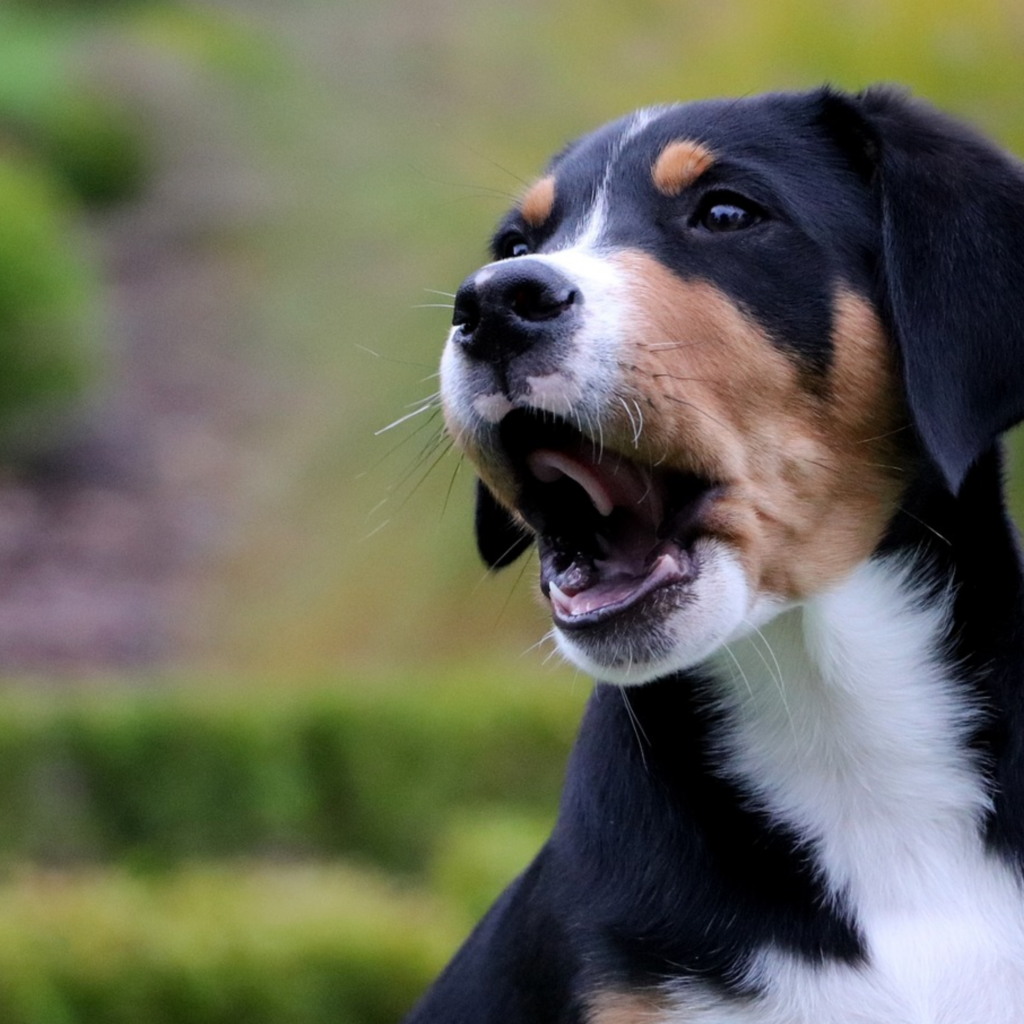
I understand how challenging excessive puppy barking can be, particularly for puppy owners. It’s not just the noise; it can be stressful for the dog and their owner.
Puppies bark for several reasons. They may seek attention, feel anxious, or react to their surroundings. The key to addressing this behaviour is first to identify the cause of the barking. Here are some strategies I often share with my clients:
Barking is a natural behaviour for dogs, but you can manage it effectively with the right approach. It’s all about patience, understanding, and reinforcing the behaviours you want to see. Together, we can transform your puppy’s barking from a challenge into a manageable behaviour that allows you both to enjoy a peaceful home.
Understand Their Needs
Ensure your puppy is receiving enough physical and mental stimulation. A tired puppy is often a quiet puppy! Engage them with regular walks, playtime, and puzzle toys that challenge their minds.
Positive Reinforcement
Reward your puppy when it barks less or remains quiet. This reinforcement can come in the form of treats, praise, or playtime. Puppies thrive on positive interactions and will learn to associate quiet behaviour with rewards.
Teaching the ‘Quiet’ Command
Training your puppy to understand a ‘quiet’ command can be highly effective. Start by allowing them to bark a couple of times, then gently tell them to “quiet”. When they stop barking, immediately reward them. Consistency is key here!
Provide a Safe Space
Sometimes, puppies bark due to anxiety or fear. Creating a comfortable, safe space where they can retreat can help minimise these feelings. This could be a cosy bed in a quiet room or a designated crate.
Desensitisation from Stimulus that Creates the Puppy Barking
If your puppy barks at specific stimuli, such as passing cars or other dogs, gradually exposing them to the triggers in a controlled way and rewarding them for staying calm can help.
Basic Commands Every Puppy Should Learn
Teaching basic puppy commands, such as “stay,” “come,” “sit,” and “heel,” forms the foundation of good dog behaviour. These commands enhance safety and provide structure for your puppy. We will work on these commands using engaging methods that turn training into a fun experience for your puppy.
The Importance of Exercise and Play
Regular exercise and play are vital in keeping your puppy physically fit and mentally stimulated. During our sessions, we can explore activities tailored to your puppy’s breed and energy levels. From interactive toys to engaging games, ensuring your puppy has an outlet for their energy is essential for maintaining good behaviour at home.
Understanding Puppy Body Language
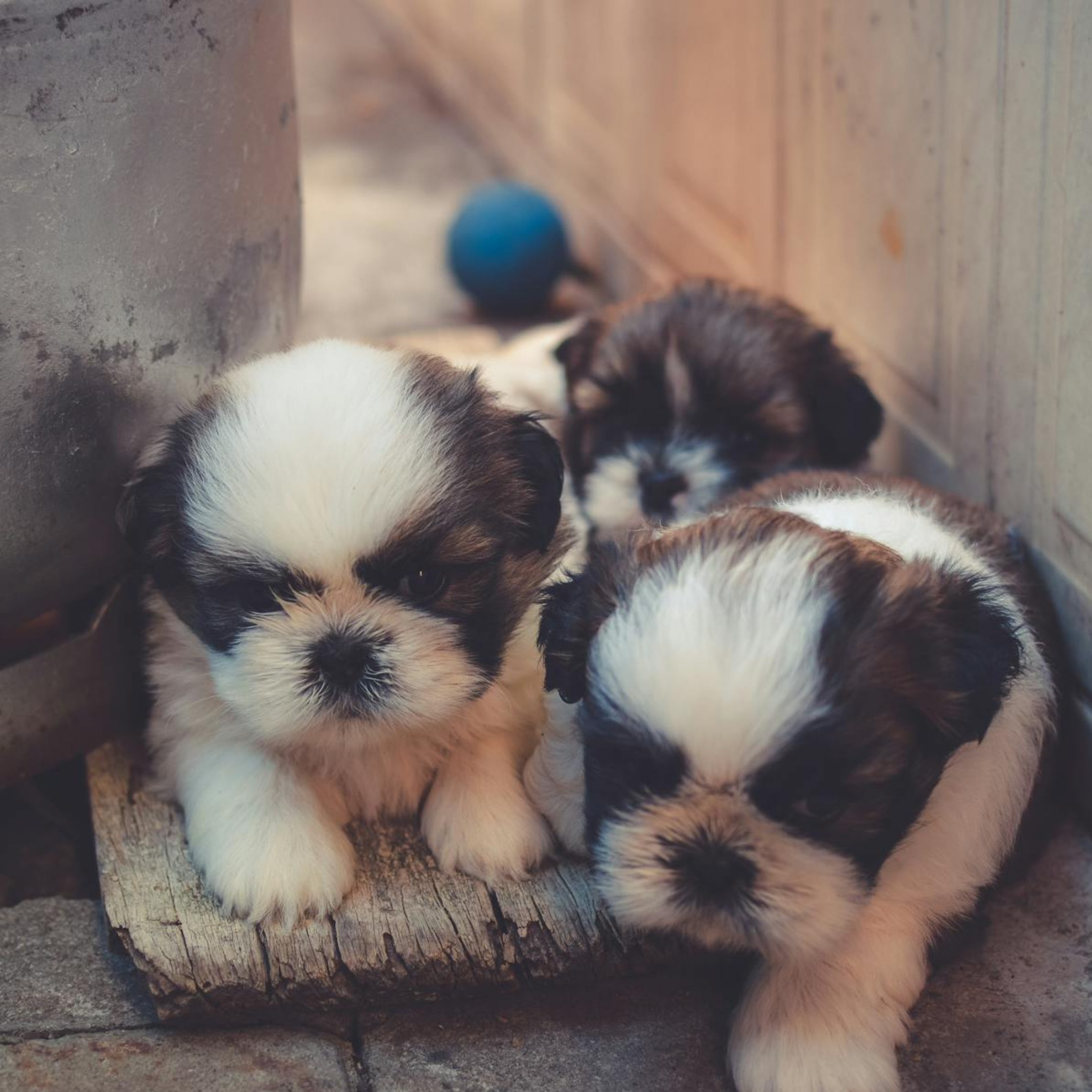
Knowing how to read and understand your puppy’s body language is key to effective communication. We will read their signals during our training sessions, such as tail wagging, ear positioning, and overall posture. This knowledge helps you respond appropriately to your puppy’s needs and enhances your bond.
Book your Norwich Puppy Training Today
Thank you for reading this far. I hope you find the information on this page helpful. Now, all that is left for you to do is call or email me to book your puppy training.
Watch My Dog Norwich Dog Training in Action
Frequently Asked Questions
What makes your training different from group classes?
My training is 100% one-on-one, allowing personalised focus on your dog without distractions from other dogs. Each session is conducted in your home, ensuring a comfortable environment for effective learning.
How do you tailor the training for each dog?
I begin with an in-depth home visit to understand your dog’s environment and behaviours. Then, using proven, humane methods, I create a customised plan that suits your dog’s personality and specific needs.
What issues can your training help resolve?
My program covers a wide range of challenges, including recall issues, leash pulling, separation anxiety, excessive barking, aggression, hyperactivity, and more. Each plan is designed to eliminate the issues that matter most to you.
What commitment is required from me?
Training success relies on daily reinforcement. I work closely with you to create a realistic plan, and if adjustments are needed, I offer free phone consultations to ensure both you and your dog are on the path to success.
What can I expect from the initial session?
Our journey begins with a 60-90 minute home visit to discuss your goals, observe your dog’s behaviour, and build a customised plan. This foundation helps ensure the training is practical, enjoyable, and tailored to your lifestyle.
What will happen during the training session?
The session will last 1.5-2.0 hours and occur in and around your home. During this time, I will have an in-depth discussion with you about the issues you are facing and the dog’s background, including any medical problems. Thereafter, I will begin the training with as many members of the household present as possible so I can teach you the appropriate tips and techniques to use following my visit. The training will also explain your dog’s needs to enable a relaxed and respectful relationship. Thereafter, I provide FREE TELEPHONE ADVICE for the dog’s life. I will, of course, gladly return for a second visit, but in 90% of cases, I only need to see my clients once.
Why Dog Training with Me Works
My training is 100% one-on-one, allowing personalised focus on your dog without distractions from other dogs. Each session is conducted in your home, ensuring a comfortable environment for effective learning.
I begin with an in-depth home visit to understand your dog’s environment and behaviours. Then, using proven, humane methods, I create a customised plan that suits your dog’s personality and specific needs.
My program covers a wide range of challenges, including recall issues, leash pulling, separation anxiety, excessive barking, aggression, hyperactivity, and more. Each plan is designed to eliminate the issues that matter most to you.
Training success relies on daily reinforcement. I work closely with you to create a realistic plan, and if adjustments are needed, I offer free phone consultations to ensure both you and your dog are on the path to success.
Our journey begins with a 60-90 minute home visit to discuss your goals, observe your dog’s behaviour, and build a customised plan. This foundation helps ensure the training is practical, enjoyable, and tailored to your lifestyle.
The session will last 1.5-2.0 hours and occur in and around your home. During this time, I will have an in-depth discussion with you about the issues you are facing and the dog’s background, including any medical problems. Thereafter, I will begin the training with as many members of the household present as possible so I can teach you the appropriate tips and techniques to use following my visit. The training will also explain your dog’s needs to enable a relaxed and respectful relationship. Thereafter, I provide FREE TELEPHONE ADVICE for the dog’s life. I will, of course, gladly return for a second visit, but in 90% of cases, I only need to see my clients once.
